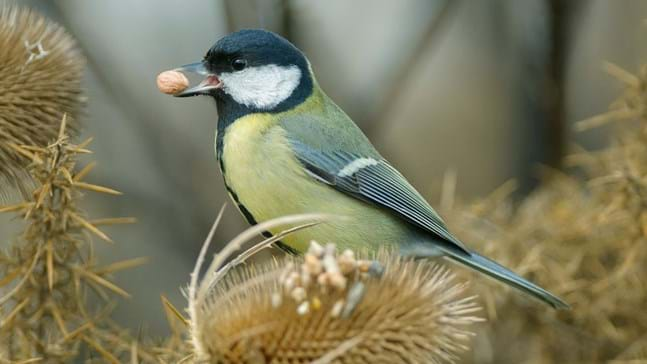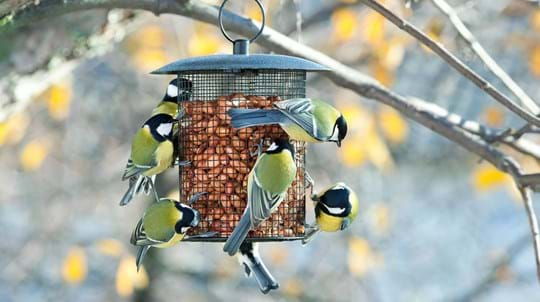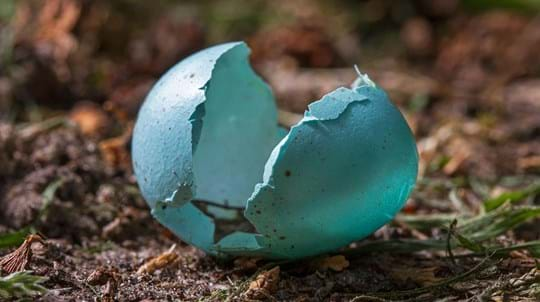
Credit: John Bridges / WTML
What do great tits eat?
Insects and invertebrates account for much of the diet in summer. A range of prey is taken, including caterpillars, spiders, grasshoppers and flies. Berries and seeds become important food sources in winter when invertebrates are hard to find.












